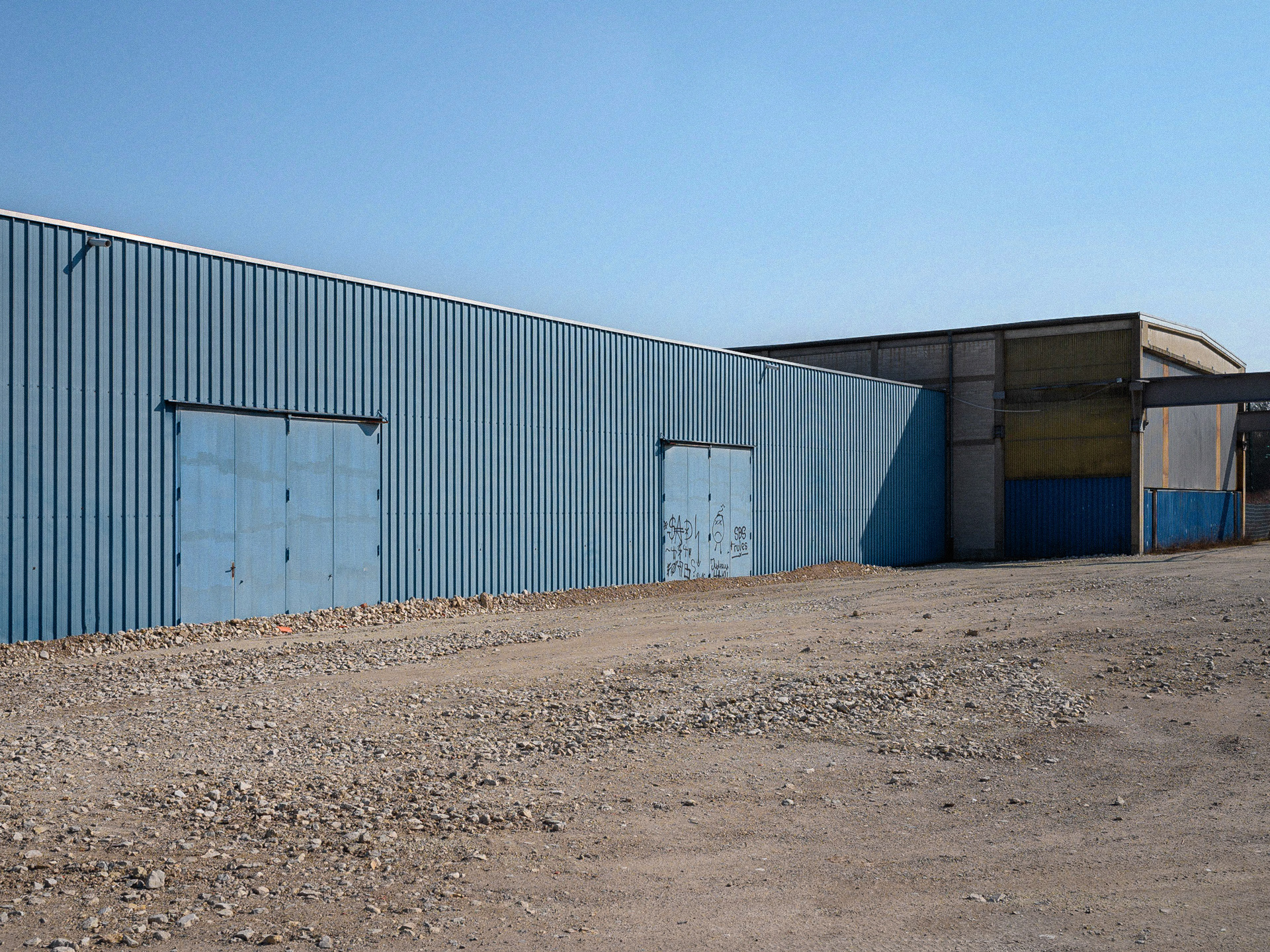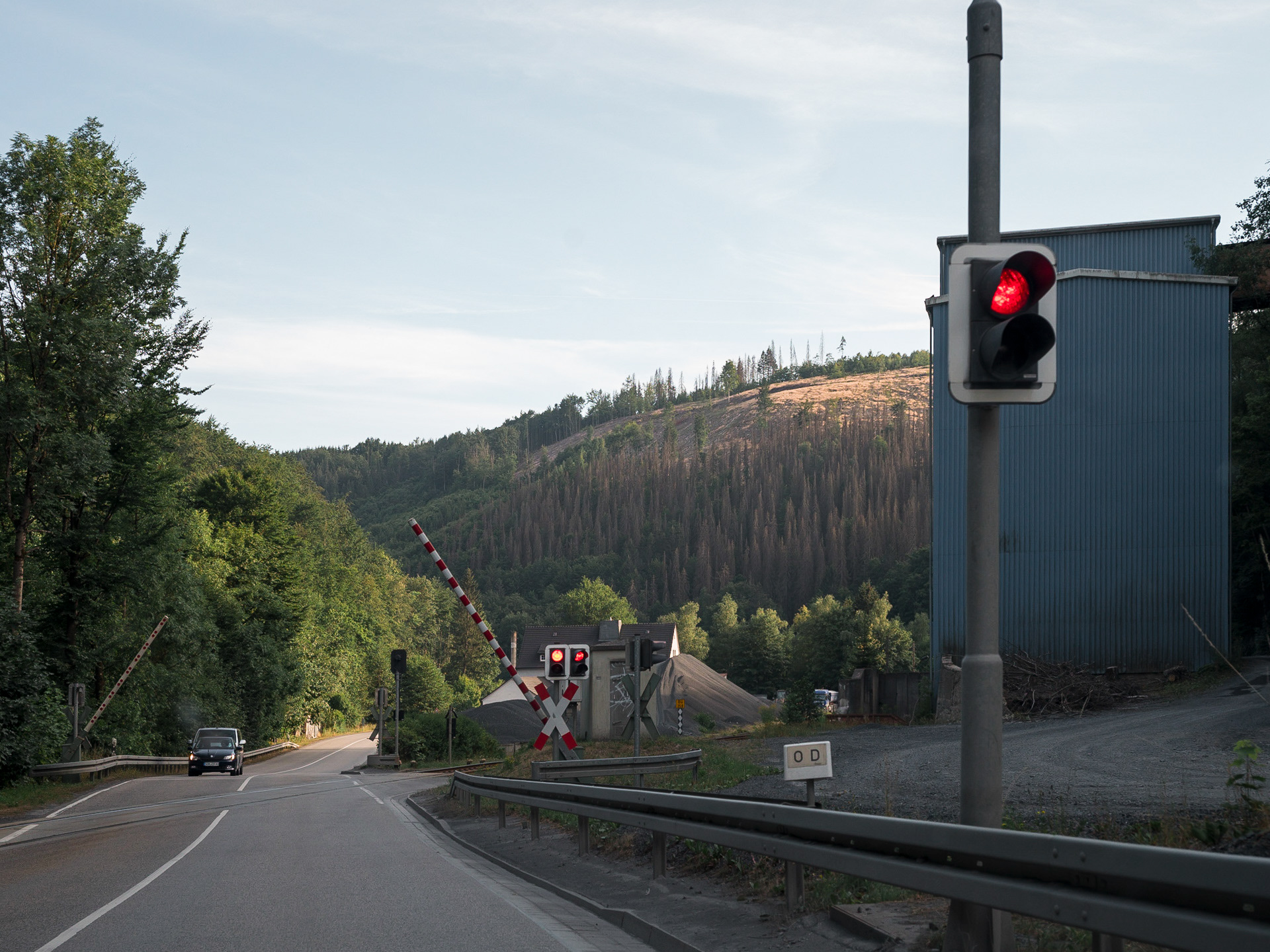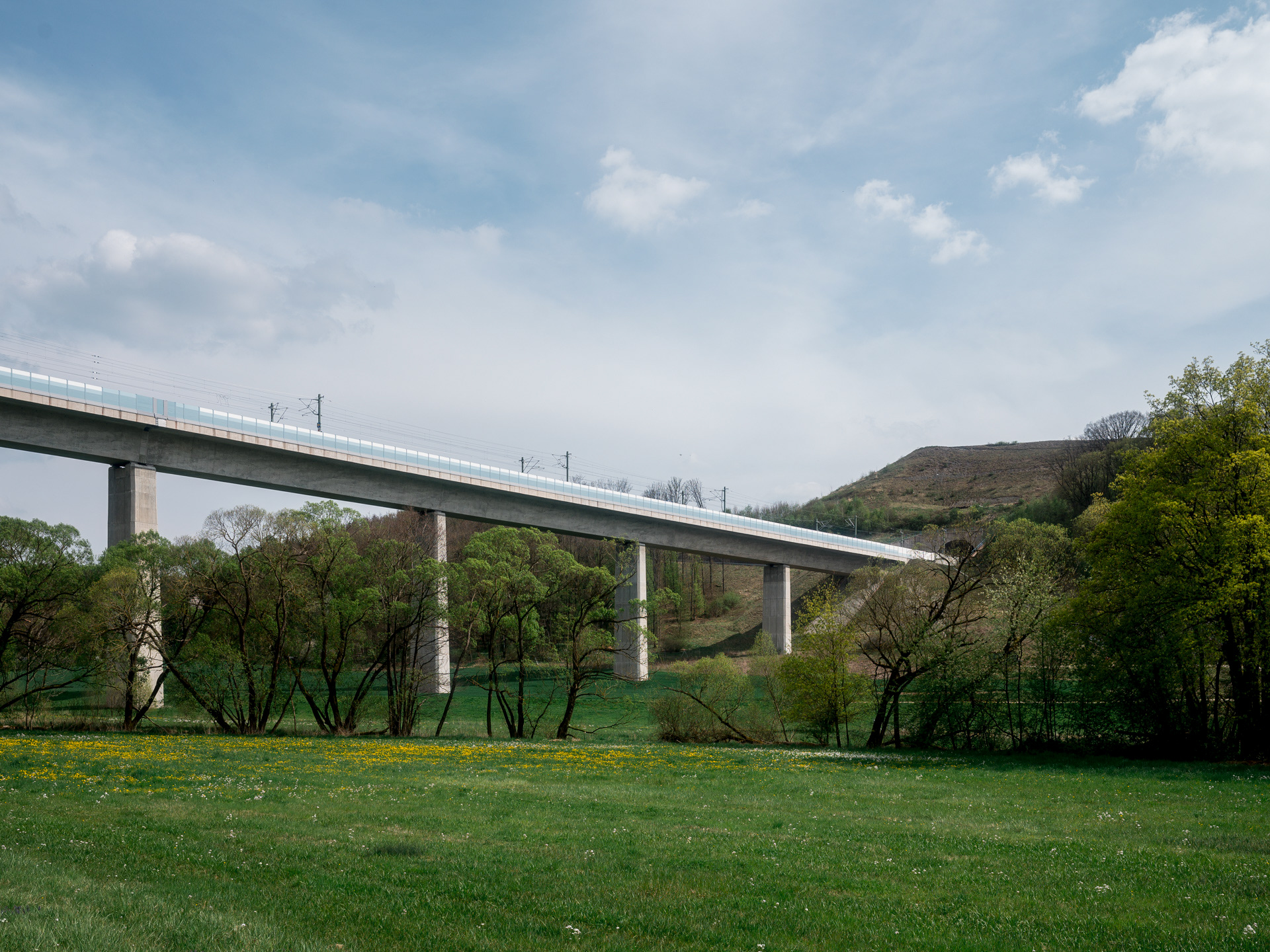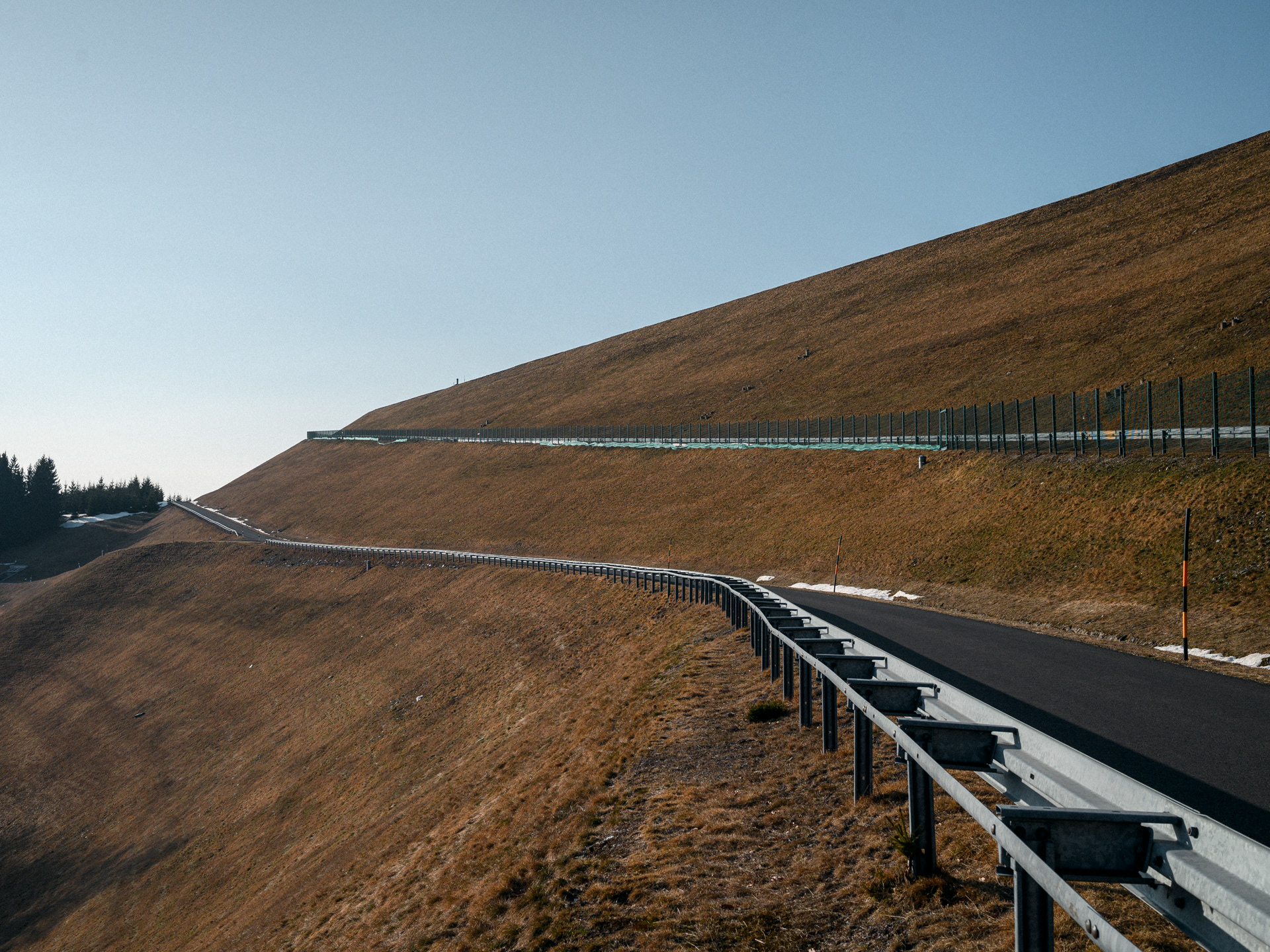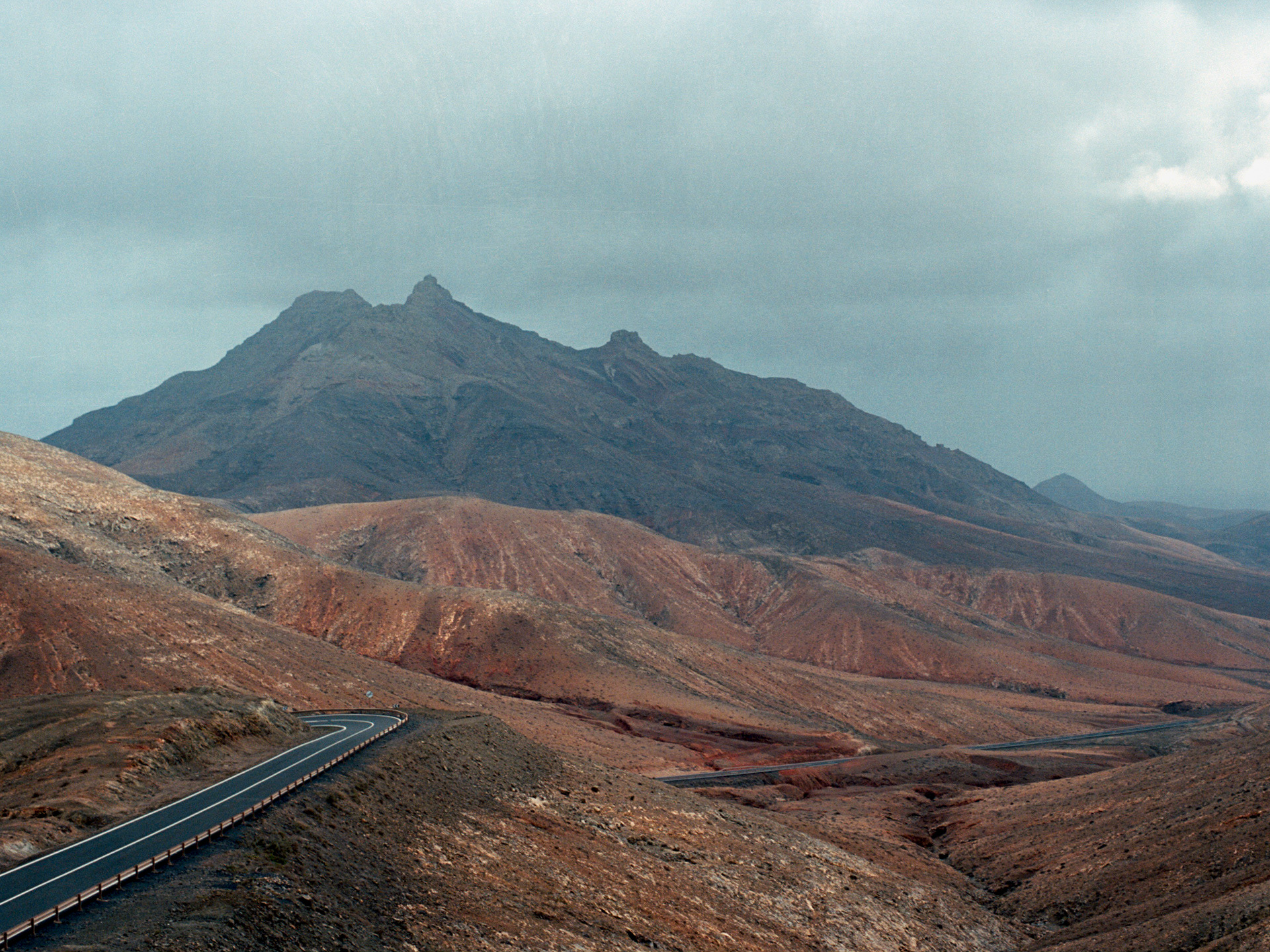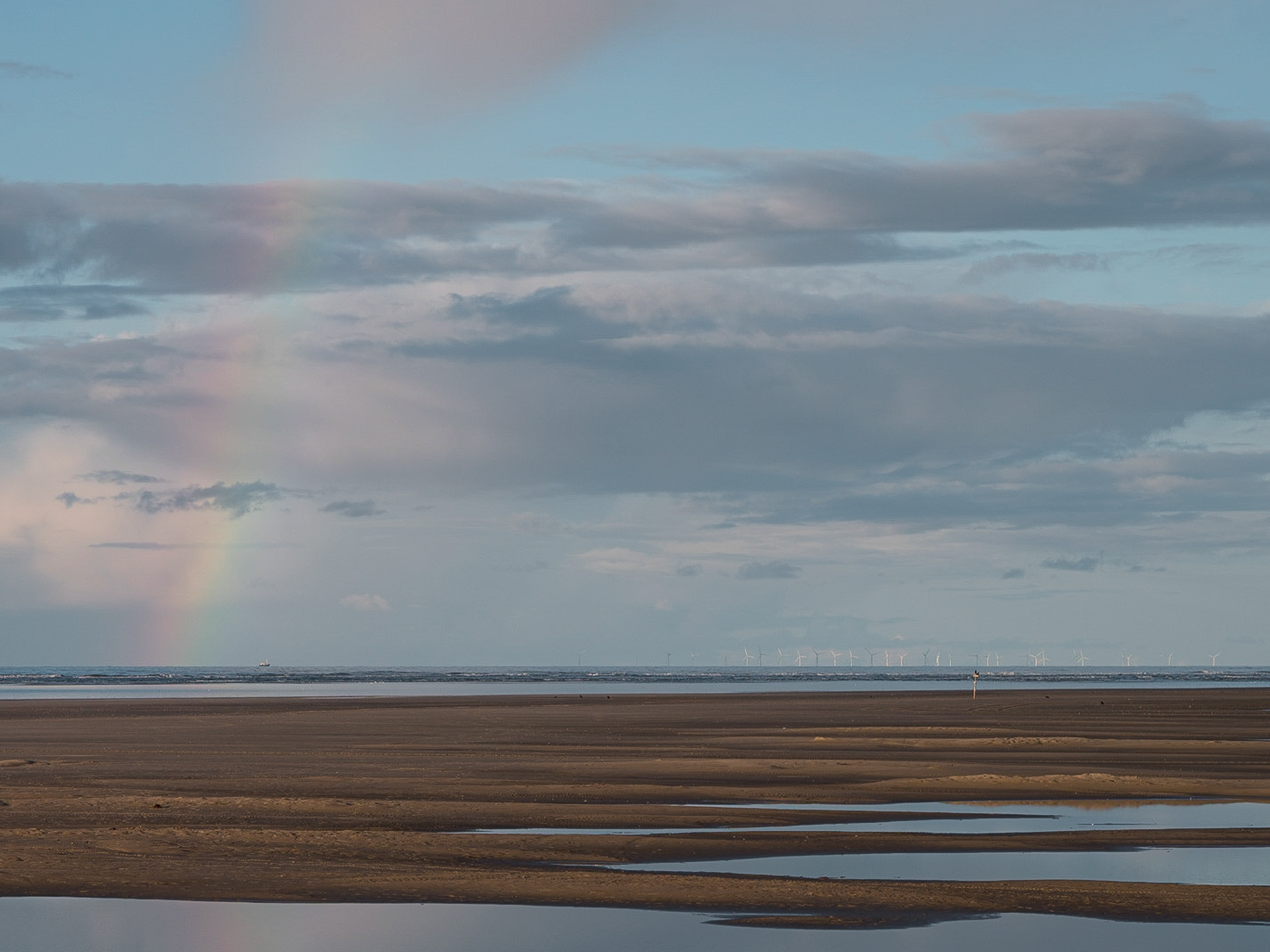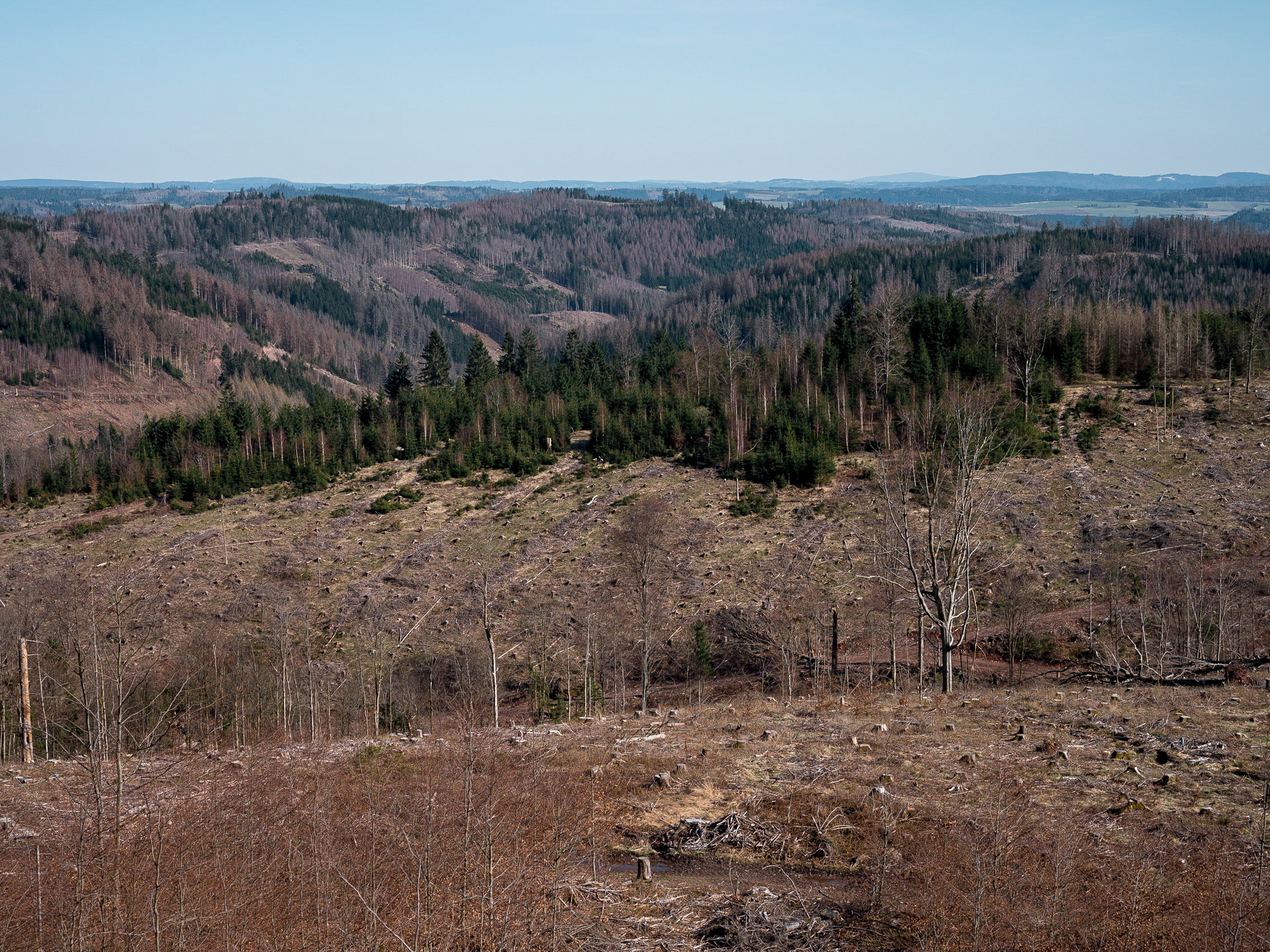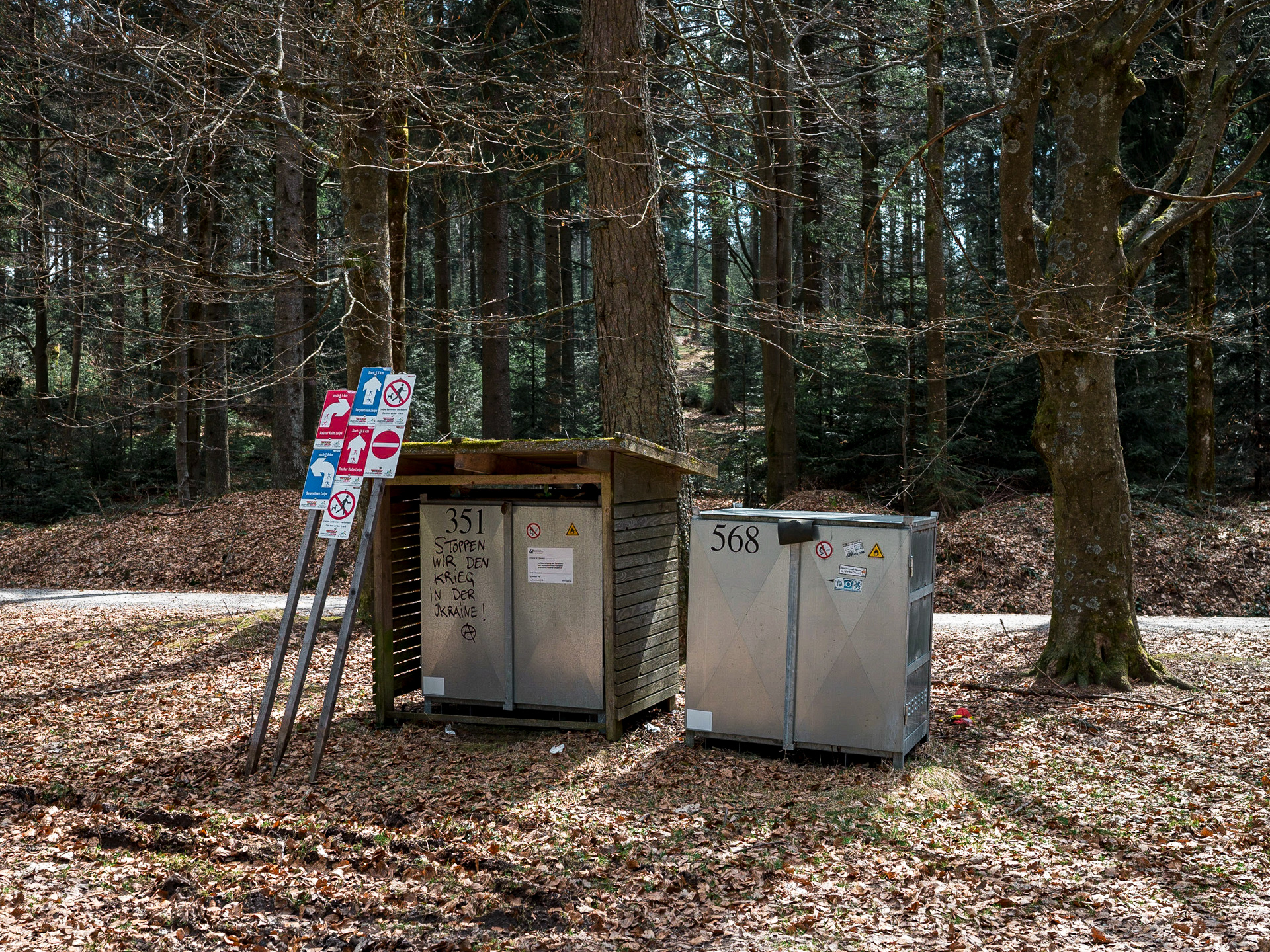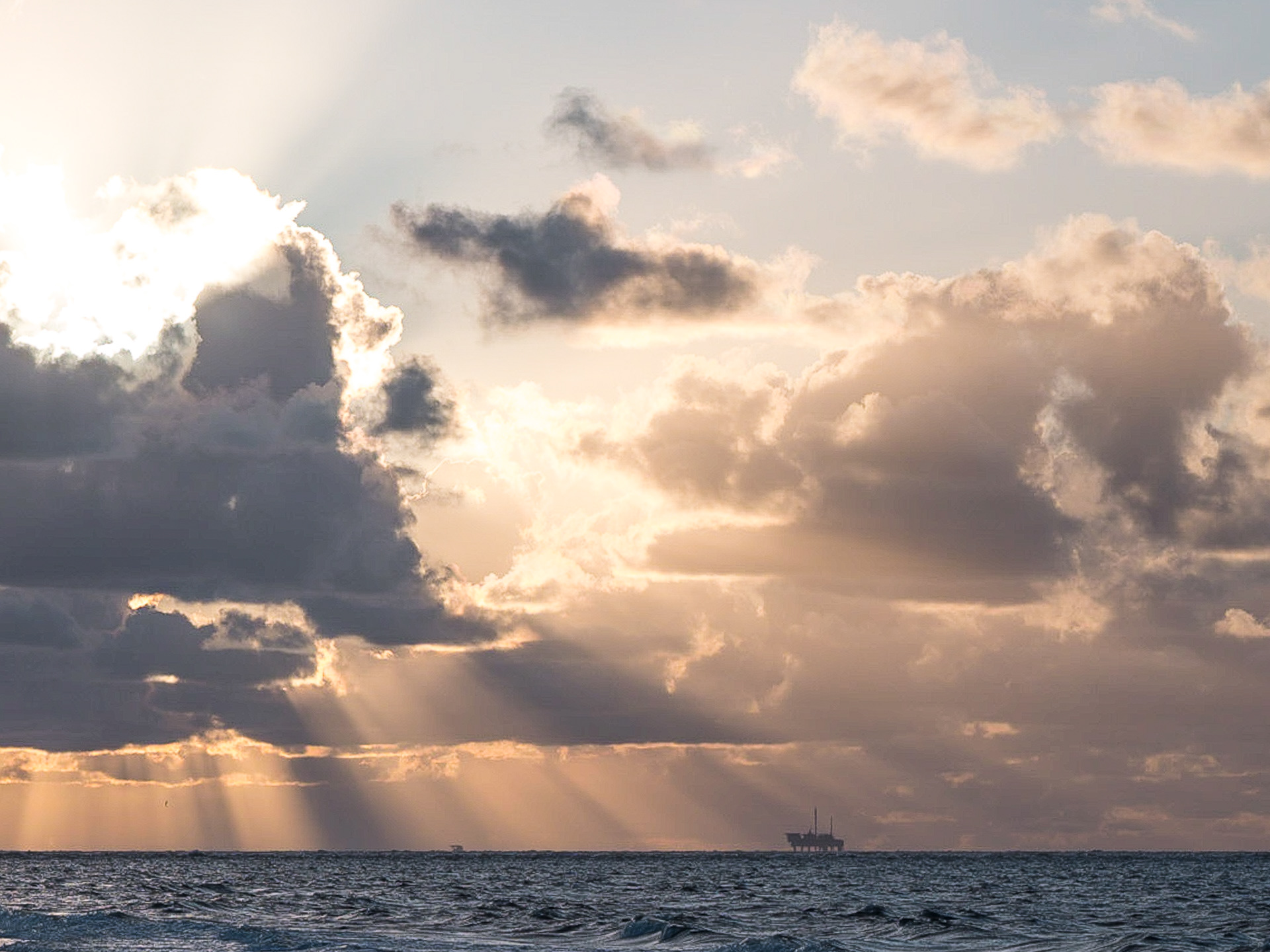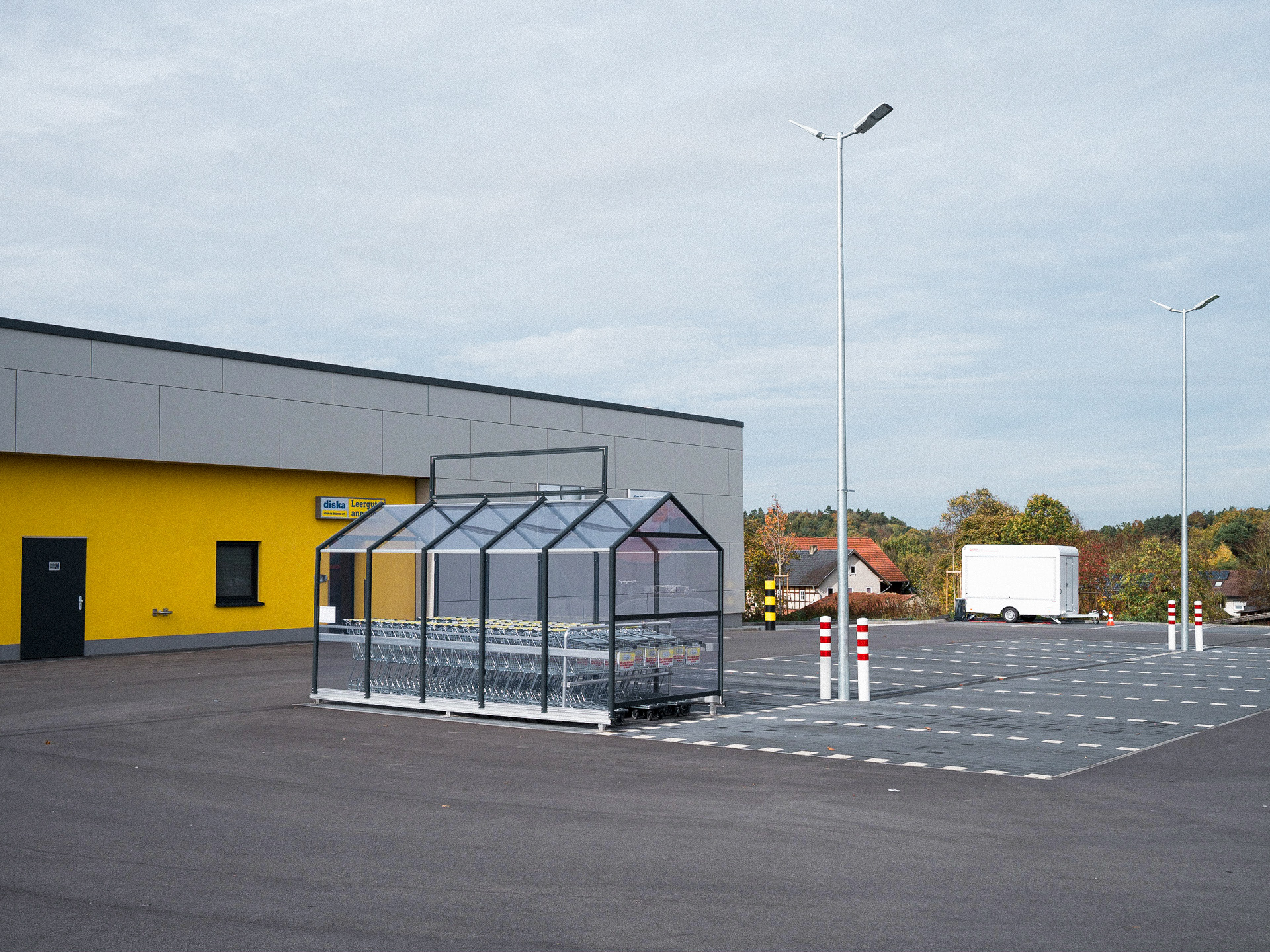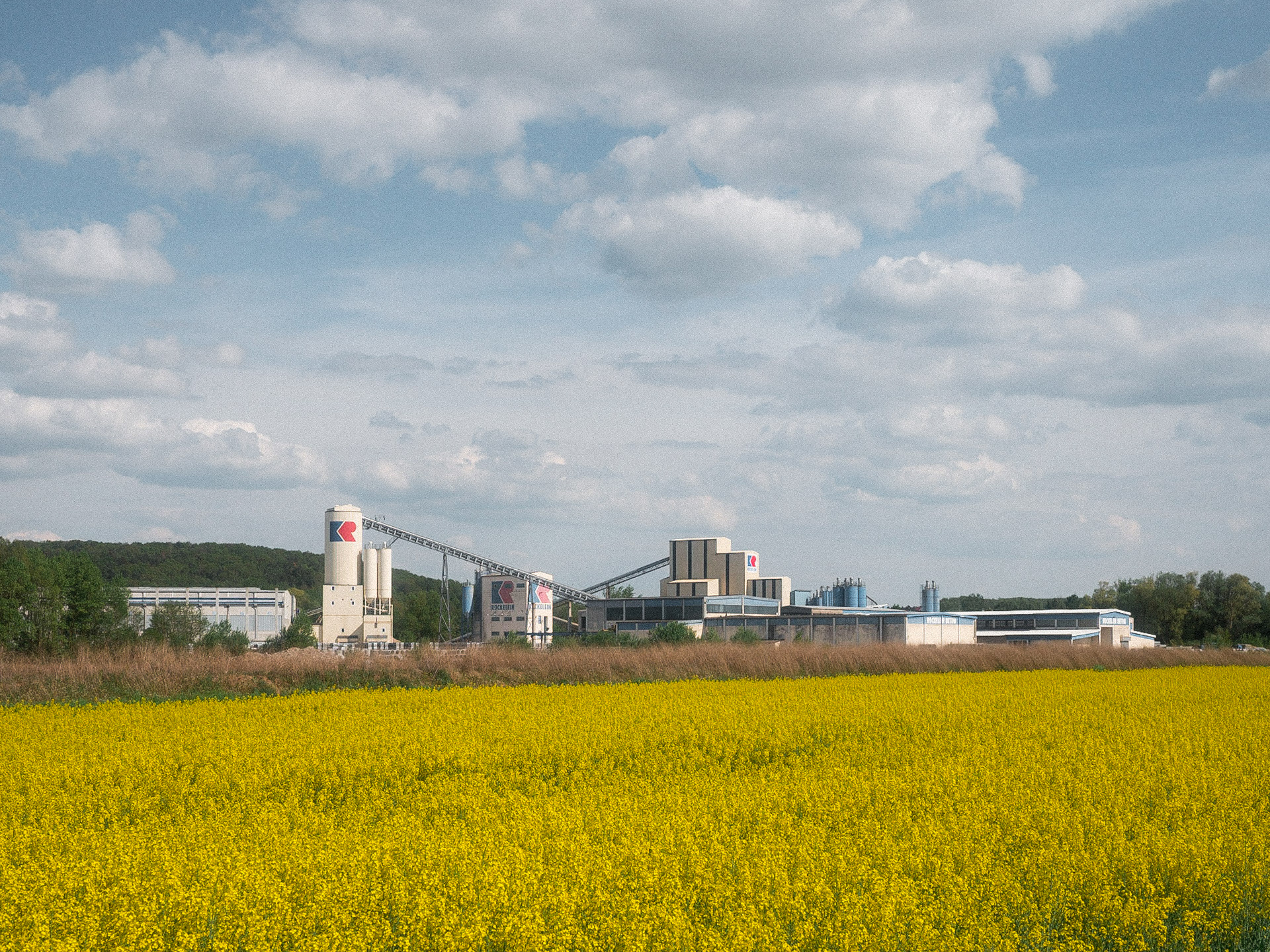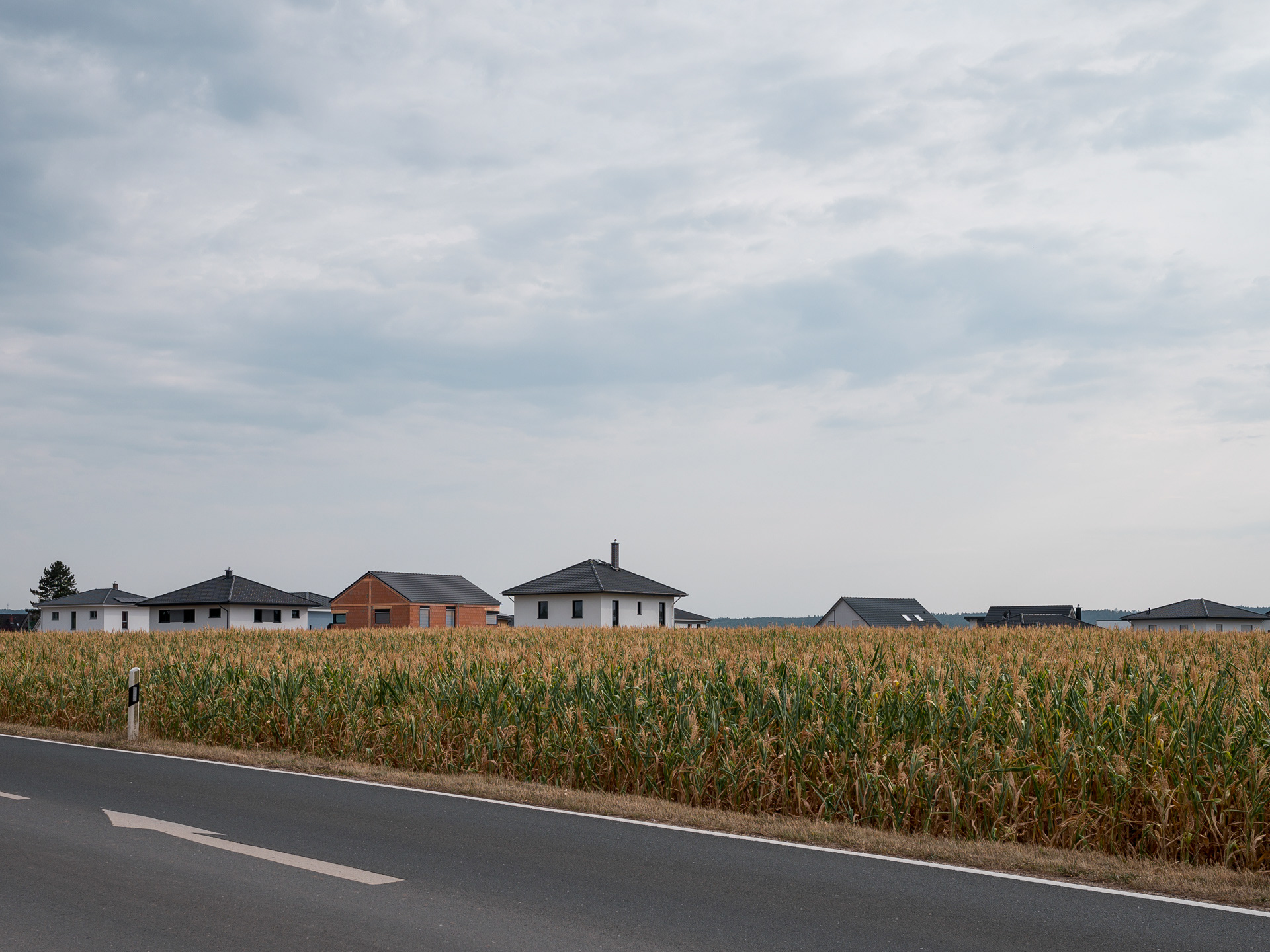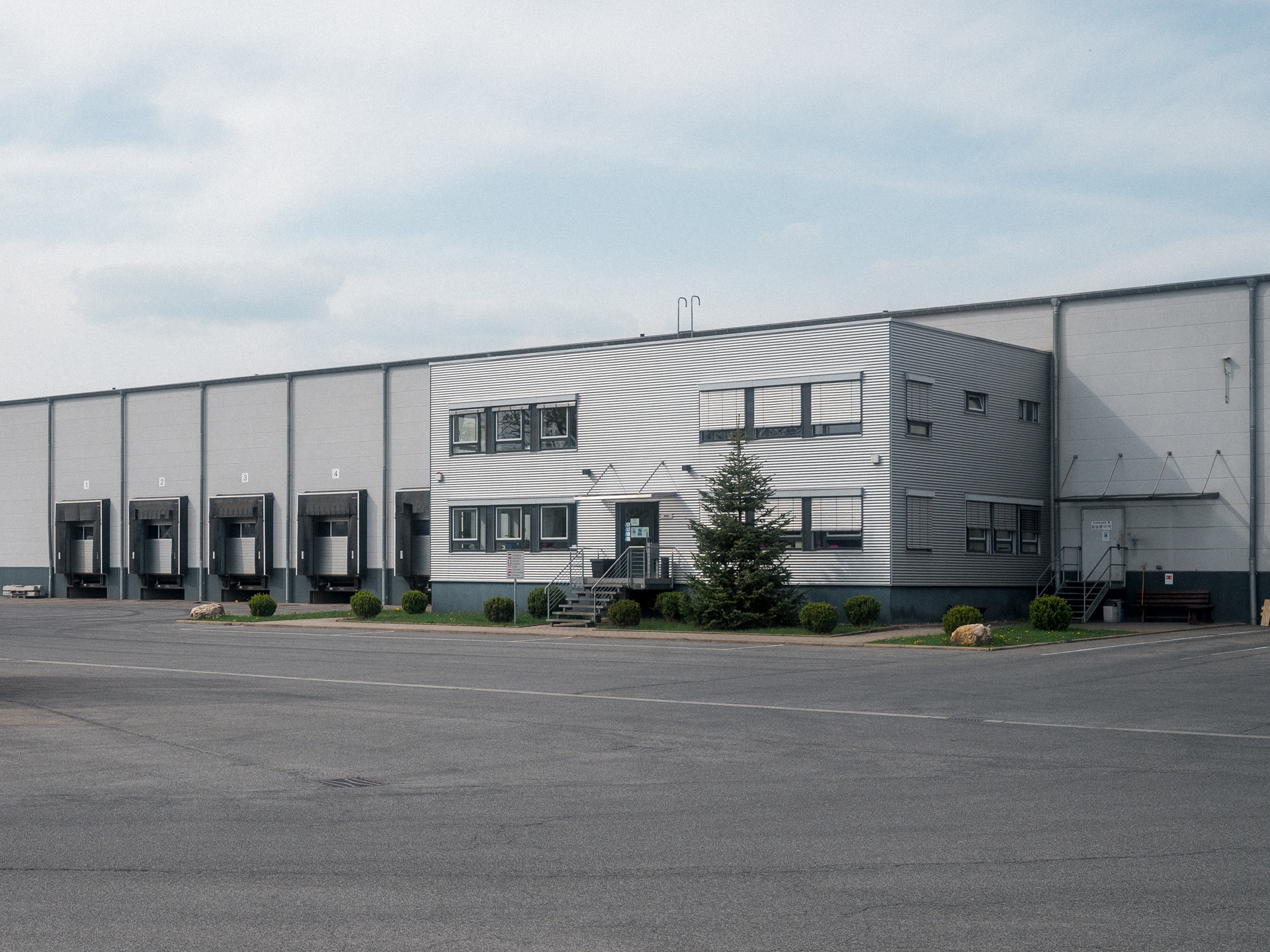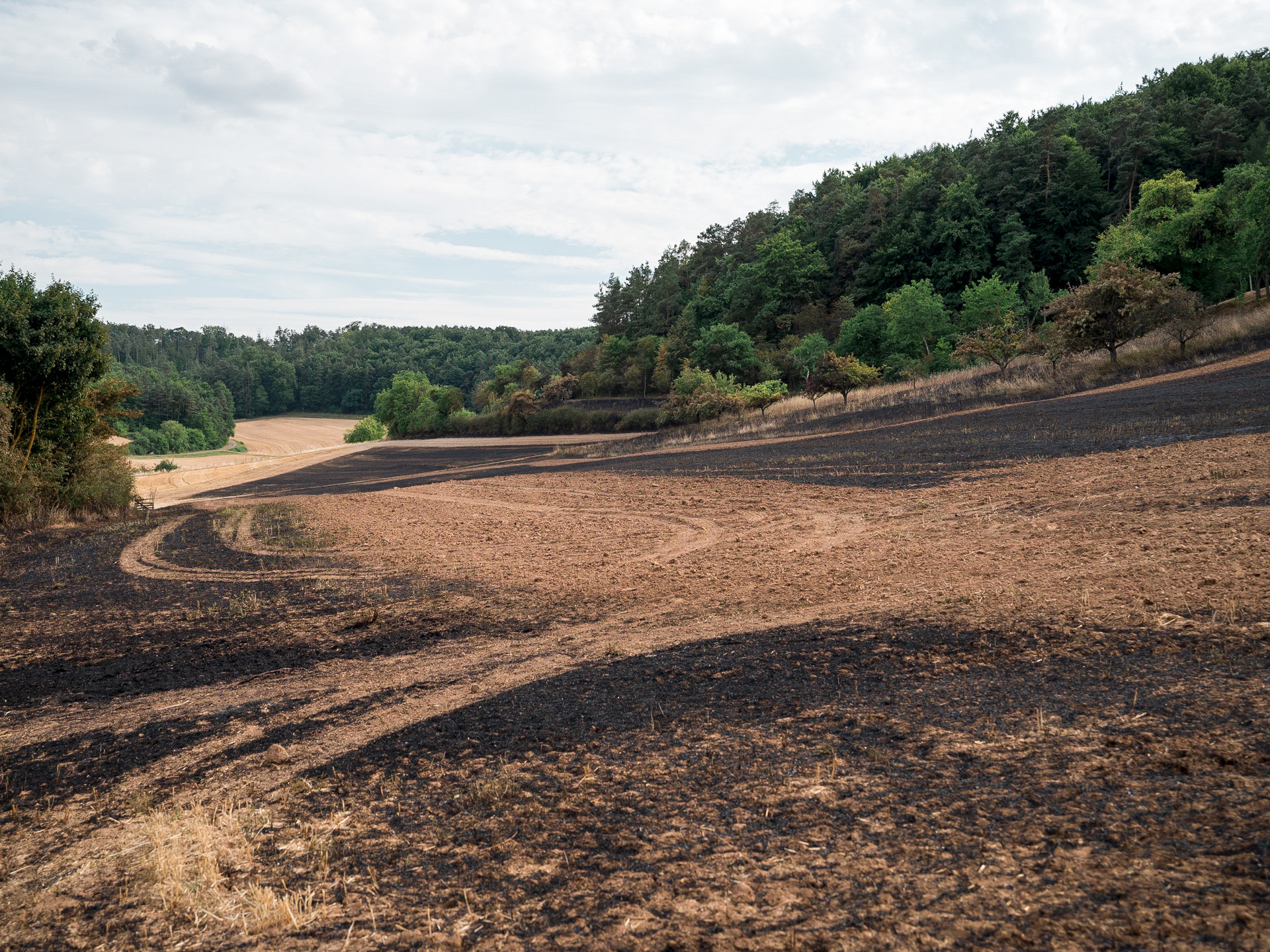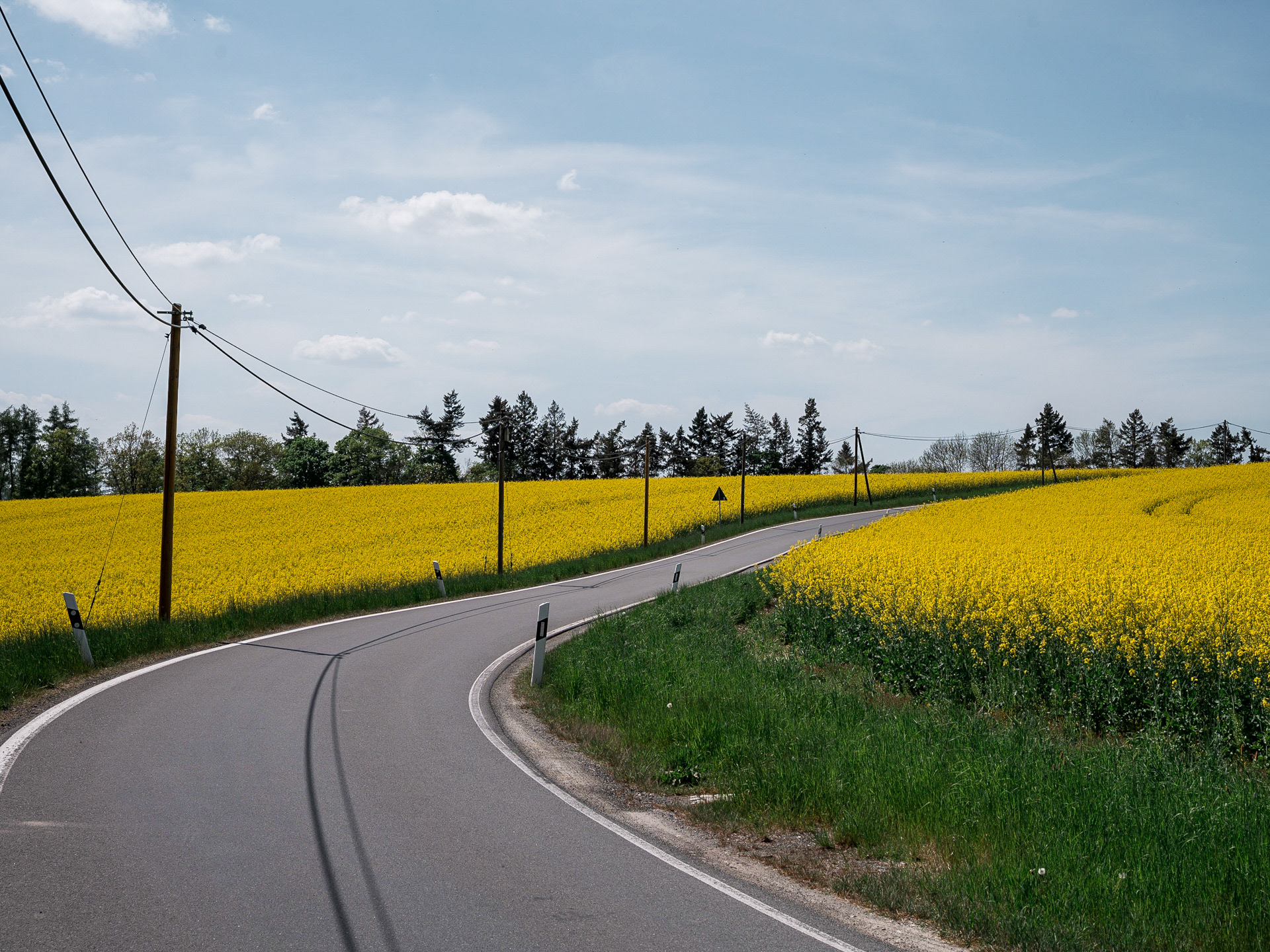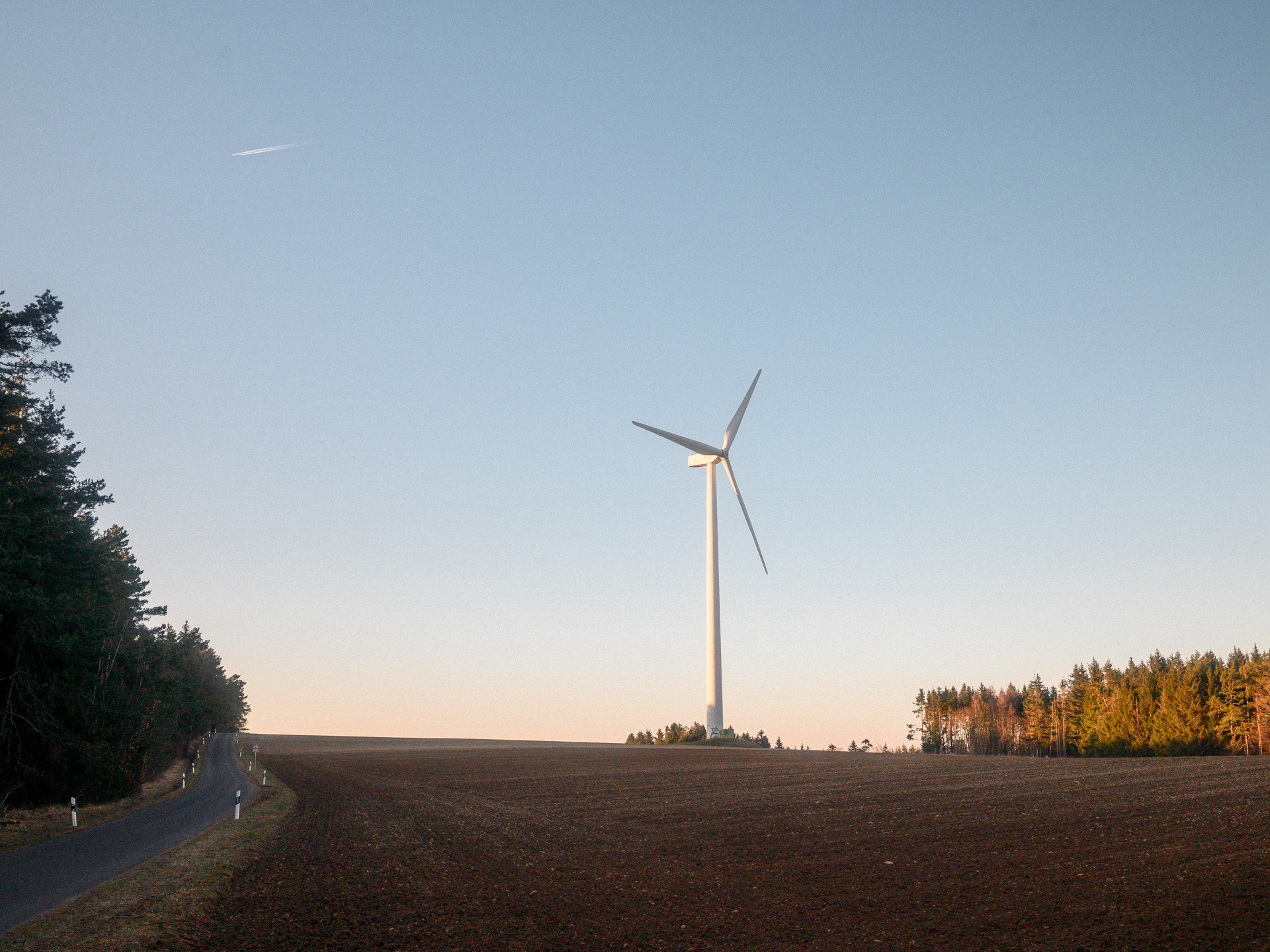Future Topographics visualisiert ein mögliches Verständnis der zukünftigen Landschaftsfotografie durch die Analyse historischer Landschaftsfotografie und die Einordnung der Fotografie als soziale Praxis in verschiedenen Netzwerken. Die Analyse basiert auf einer historischen Betrachtung der Landschaftsmalerei und -fotografie im 19. und 20. Jahrhundert sowie der dokumentarischen Einflüsse und Strömungen im 20. Jahrhundert in den westlich geprägten Kulturen mit Schwerpunkt USA und Europa. Fotografien werden in den theoretischen Kontext der Gaia Hypothese und Bruno Latours Neue Soziologie eingeordnet. Die gegenwärtige Landschaftsfotografie hat sich durch die Ausstellung New Topographics: Photographs of a Man- Altered Landscape paradigmatisch verändert: Alltägliche, städtische und vom Menschen geprägte Landschaften standen im Fokus, sowie die Auswirkungen der Industrialisierung auf natürliche Landschaften. Die Landschaftsdarstellung fand jenseits des Erhabenen statt. Aufbauend auf diesem Bildstil entstehen in der vorliegenden Arbeit Fotografien, die visuelle Gemeinsamkeiten zu New Topographics aufweisen. Die Landschaftsfotografie in Future Topographics findet im Kontext ökologischer, sozialer oder politischer Ereignisse statt. Das endgültige Bild ist keine realistische Wiedergabe der Natur, sondern eine Idealisierung. Das Netzwerk Landschaftsfotografie wird zu einem Aktanten und weißt Schnittstellen mit angrenzenden Netzwerken auf. Die Landschaften stellen Systeme dar, deren Wirkung von ihrer Differenz zur Realität abhängt. Durch den Blick auf das Alltägliche referenzieren die Bilder inhaltlich auf Themen des aktuellen Zeitgeschehens und können mit einem kritischen Blick auf die Landschaft in Verbindung gebracht werden.
English version:
Future Topographics Vol. I
Documentary perspectives in the anthropogenic landscape
Future Topographics visualises a possible understanding of future landscape photography through the analysis of historical photographs and the classification of these as social practices in different networks. Historical landscape painting and photography of the last two centuries as well as documentary trends in the 20th century in westernised cultures with a focus on the USA and Europe are analysed. The photographs are placed in the theories of the Gaia Hypothesis and Bruno Latour‘s New Sociology. The exhibition New Topographics: Photographs of a Man-Altered Landscape paradigmatically changed contemporary landscape photography, focusing on everyday, urban and man-made landscapes and the effects of industrialisation on natural landscapes. Landscape representation took place beyond the sublime. The landscape photography network became an actant and intersected with adjacent networks. By looking at the everyday, the images reference ecological, social, political and technological issues of current affairs in terms of content. The final image is not a realistic rendering of nature, but an idealisation. The landscapes represent systems whose effect depends on their difference from reality. The images are constructions of reality that manifest themselves in the form of artificial landscapes.
English version:
Future Topographics Vol. I
Documentary perspectives in the anthropogenic landscape
Future Topographics visualises a possible understanding of future landscape photography through the analysis of historical photographs and the classification of these as social practices in different networks. Historical landscape painting and photography of the last two centuries as well as documentary trends in the 20th century in westernised cultures with a focus on the USA and Europe are analysed. The photographs are placed in the theories of the Gaia Hypothesis and Bruno Latour‘s New Sociology. The exhibition New Topographics: Photographs of a Man-Altered Landscape paradigmatically changed contemporary landscape photography, focusing on everyday, urban and man-made landscapes and the effects of industrialisation on natural landscapes. Landscape representation took place beyond the sublime. The landscape photography network became an actant and intersected with adjacent networks. By looking at the everyday, the images reference ecological, social, political and technological issues of current affairs in terms of content. The final image is not a realistic rendering of nature, but an idealisation. The landscapes represent systems whose effect depends on their difference from reality. The images are constructions of reality that manifest themselves in the form of artificial landscapes.
